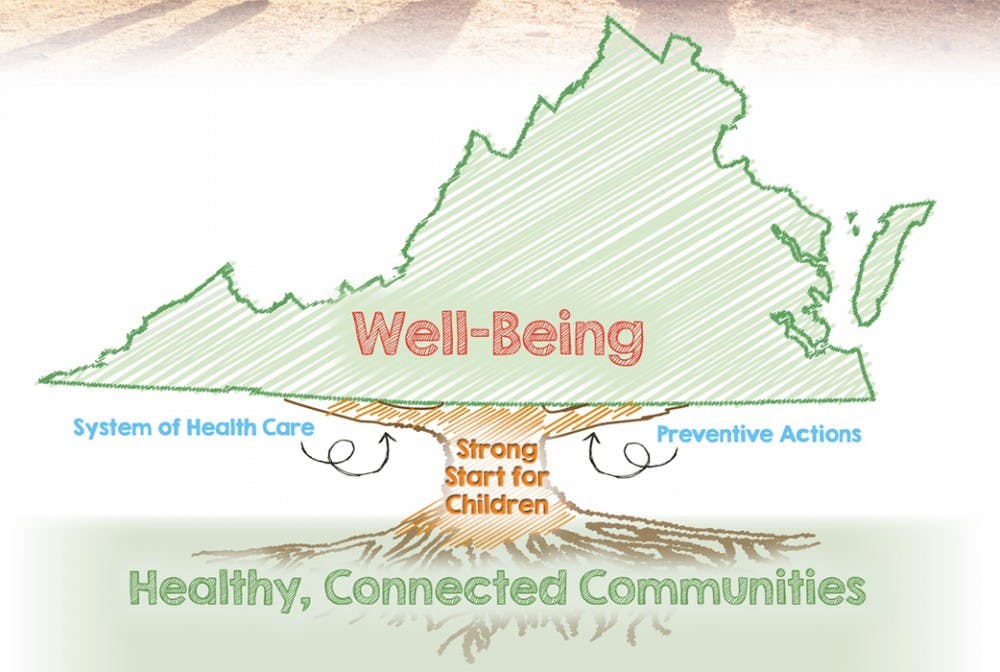Last Wednesday and Thursday, the University — along with the Virginia Department of Health and a number of other medical schools and accountable care organizations, or ACOs — hosted the second annual Population Health Summit for Virginia.
This year’s theme of “Connecting Communities and Health Care Providers” focused on keeping people healthy before they end up in the hospital while also providing cheaper, more effective care to those who need it.
Presentations at the summit ranged from social determinants on health, the use of population data in healthcare and ACOs perspectives around the country. Speakers included a mix of doctors, professors, community leaders, disability advocates and Health Department employees.
Daniel McCarter, medical director of the Well Virginia ACO, delivered the welcome address, and said conversations about health care could be effective without becoming political by keeping patients as the central focus.
“It’s bringing people together who are working on population health, working to improve care for populations in Virginia, and there’s a lot of interest in it,” McCarter said. “It is truly a group of Virginians talking about how we can improve the care.”
Patrick Conway, deputy administrator for Innovation and Quality and chief medical officer at the Centers for Medicare and Medicaid Services, spoke about new payment metrics, which would pay doctors based on the quality of the care provided. The aim is to reduce costs, improve care and increase communication between healthcare providers.
“I remember a friend of mine who was an orthopedic surgeon, who said, ‘This is the first time I’ve ever spoken to any of the other people my patients are seeing,’” Conway said.
State Health Commissioner Marissa Levine introduced “Virginia’s Plan for Well-Being” at the close of the first day. It’s divided into four aims: “Healthy, Connected Communities,” “Strong Start for Children,” “Preventive Actions” and “System of Health Care.” It identifies several issues affecting the health of Virginians, ranging from carcinogens — including tobacco — to vaccine-preventable diseases, to in-hospital infections and to racial and economic disparities.
In 2013, there were 5.2 infant deaths out of every 1,000 white babies born, and 12.2 infant deaths out of every 1,000 black babies born. “Virginia’s Plan for Well-Being” aims to eliminate this gap by 2020.
It also aims to raise the percent of adults vaccinated against influenza to 70 percent, and 80 percent for adolescents vaccinated against HPV by 2020.
McCarter also emphasized the importance of mental health care, which Levine touched on in her speech, but which is not explicitly addressed in “Virginia’s Plan for Well-Being.”
University Health System’s Continuing Medical Education department organized the event, working closely with other medical schools for this year’s program.
“The University of Virginia was willing to take the lead on the first one, to at least start it, and so we sort of took a risk and did the first one,” Director of Continuing Medical Education Jann Balmer said. “We had about 250 people there, we have over that at this one, so we’re very pleased.”







